As the snow of the last two weeks begins to melt and we slowly return to a normal weather pattern for February with rain and milder temperatures, it’s time to start thinking about early spring. Indeed, prior to the recent cold snap, the early signs of a new season were beginning to appear, and as the days get markedly longer and the ground begins to thaw, spring will be here before we know it. As you begin to gear up for a new season in the garden, here are a few things to do to welcome spring’s arrival.
To preface, let me offer a word of caution—although the forecast looks mild and wet, we’re not out of the woods entirely yet for another few weeks, and especially in northern Whatcom County, we’ve been known to have shots of winter into early March. That said, with each passing week the odds of a harsh winter storm drop dramatically, so I would say it’s safe to get started with these tasks—just keep an eye on the forecast!
First, if you took time prior to last week’s snow and cold weather to wrap or cover any tender plants in your yard or containers, be sure to uncover them as soon as the weather allows. While old blankets or burlap work great for protecting plants against a harsh northeaster, a blanket waterlogged by rain only serves to trap moisture and promote disease, so be sure to uncover your plants before rainy weather returns.
Next, it’s time to start with yard cleanup. One of my first tasks each spring is pruning my shrubs and dividing perennials before the growing season begins. One of my favorite plants to prune is my dappled willow, a popular, fast-growing plant sold either as a shrub or in a grafted tree form. If you have a dappled willow, you know how fast these plants grow—several feet a year!—and for that reason, I love the satisfaction of chopping my tree back to almost nothing each spring, knowing it will bounce back in no time.
Like dappled willows, many other plants around your yard will thrive on a hard pruning each spring—namely barberry, spirea, and certainly perennials like ornamental grasses. Even lavender—a woody perennial that can grow more like a shrub—can be maintained at a manageable size for many years if you cut it down hard each spring.
As you get into the pruning mode around your yard, be sure to take care when pruning hydrangeas. Although reblooming hydrangeas and any panicle types with cone-shaped blooms can be pruned this time of year, other non-reblooming varieties should be left alone. If you need to deadhead last year’s flowers, go ahead, but save any hard pruning for later this summer after this year’s flowers begin to fade. For panicle varieties, aim to prune back your plants by no more than one third of the overall size to encourage strong stems to hold up this year’s blooms.
One other category of plants you’ll want to avoid pruning this time of year is anything spring-blooming like forsythia, rhododendrons, camellias, and azaleas. Anything that blooms early in the spring has fully developed buds just waiting to open, and if you prune now, you’ll ruin your chances of enjoying the show these plants have been waiting to put on since last summer. Save your pruning on this category of plants until right after they bloom to ensure you enjoy both this spring’s flowers and those again next year.
Finally, now is a great time to start adding early spring color to your containers and flowerbeds—that is, just as soon as the ground thaws! If your landscaping looks drab with the winter blues, there’s plenty of great color available at the nursery to enjoy this time of year, and the season is just getting started. Set out a bowl of colorful, cheery primroses on your front porch or tuck some blooming pansies into your winter containers for a quick and easy refresh. Find a spot in the landscape to add ‘Kramer’s Red’ winter heather, which will add rose-colored blooms to your beds from December through April, and stop in at the nursery to browse our selection of blooming hellebores for the ultimate early-spring showstopper for the garden.
Before we know it, those daffodils that had begun to sprout in January will be in bloom and the glory of springtime will begin in earnest. In the meantime, the new season is just around the corner, so let’s enjoy getting started in the garden this month!


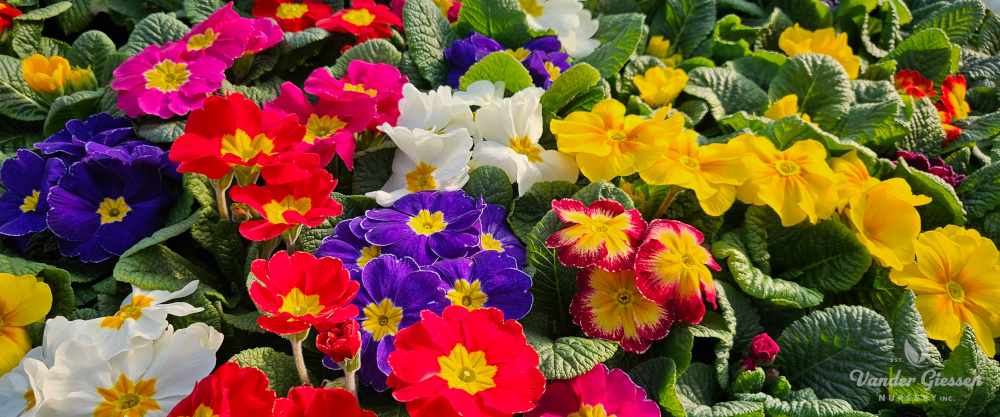
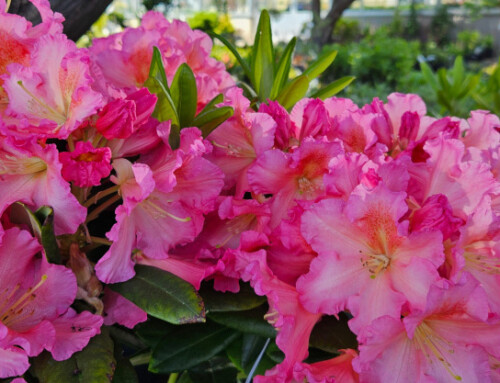
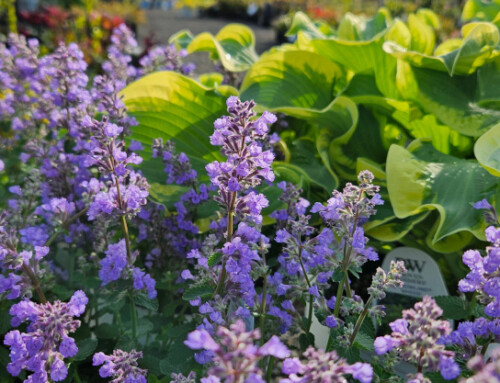

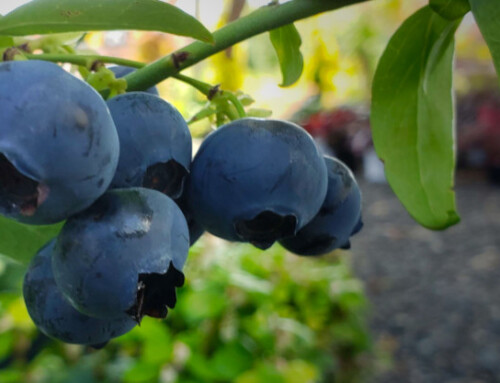
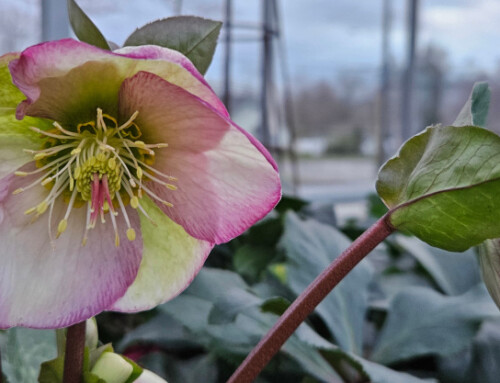
Leave A Comment